Marie Watt is a contemporary artist living and working in Portland, Oregon. Enrolled in the Seneca Nation of Indians, Watt has created work primarily with textile arts and community collaboration centered on diverse Native American themes.
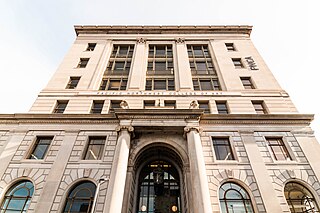
The Pacific Northwest College of Art (PNCA) is an art school of Willamette University and is located in Portland, Oregon. Established in 1909, the art school grants Bachelor of Fine Arts degrees and graduate degrees including the Master of Fine Arts (MFA) and Master of Arts (MA) degrees. It has an enrollment of about 500 students. The college merged with Willamette University in 2021.

The Mark O. Hatfield Library is the main library at Willamette University in Salem, Oregon, United States. Opened in 1986, it is a member of the Orbis Cascade Alliance along with several library lending networks, and is a designated Federal depository library. Willamette's original library was established in 1844, two years after the school was founded. The library was housed in Waller Hall before moving to its own building in 1938.

Sally Haley was an American painter. Her career spanned much of the 20th century and she is credited for helping to expand the emerging art scene in Portland, Oregon, during the middle of the century. Much of her work was an application of egg tempera, a technique which leaves a flat, brushless surface. She preferred domestic subjects and interior spaces with hints of the indoor or outdoor space that lay beyond.

Hallie Brown Ford was an American business person and philanthropist. A native of Oklahoma, she acquired her wealth in Oregon through the timber industry. As a philanthropist she made donations to many institutions in Oklahoma and Oregon to support education and the arts. Shortly before her death in 2007, she made a donation of $15 million to the Pacific Northwest College of Art, the largest single donation to any cultural group in Oregon history.

The Oregon Civic Justice Center is a three-story former library building on the campus of Willamette University in downtown Salem, Oregon, United States. Built in 1912 as a Carnegie library for the city of Salem, the building now houses several programs of Willamette University College of Law. Prior to the law school's moving into the facility in 2008, the building was used by the adjacent Young Women's Christian Association (YWCA) from 1971 to 2006.

The Art Building is an academic hall at Willamette University in Salem, Oregon, United States. Built in 1905 for the Willamette University College of Medicine, it is the third oldest building on campus after Waller Hall and Gatke Hall. The Beaux-Arts style red-brick building stands three stories tall and contains 14,000 square feet (1,300 m2) of space.

Lausanne Hall is a college residence hall at Willamette University in Salem, Oregon, United States. Built in 1920, the red-brick and stone-accented structure stands three stories tall along Winter Street on the western edge of the campus that was originally a residence for women only. The late Gothic Revival style building replaced a home that had also been used as a dormitory. This structure was moved to campus and originally was named as the Women's College before assuming the name of Lausanne.

Ford Hall is a four-story academic hall at Willamette University in Salem in the U.S. state of Oregon. Completed in 2009, the building houses classrooms, offices, and laboratories from several disciplines of the school's College of Liberal Arts. The 42,000-square-foot (3,900 m2) structure cost $16 million and earned Leadership in Energy and Environmental Design (LEED) Gold certification upon completion for environmentally friendly features and construction. Ford Hall is named in honor of Hallie Ford, who contributed $8 million towards construction of the building.
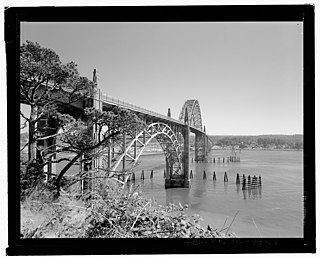
James Burton Norman Jr. is an American photographer, author, and cultural historian.

Wendy Red Star is an Apsáalooke contemporary multimedia artist born in Billings, Montana, in the United States. Her humorous approach and use of Native American images from traditional media draw the viewer into her work, while also confronting romanticized representations. She juxtaposes popular depictions of Native Americans with authentic cultural and gender identities. Her work has been described as "funny, brash, and surreal".
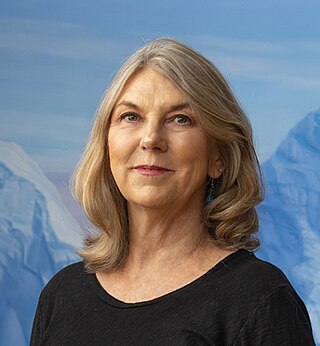
April Waters is an American Artist who paints American and polar landscapes. She is best known for water themed landscape paintings and large-scale portraits of women environmental leaders. Her work has been exhibited at museums, universities, galleries and at forums on water and climate issues with scientists and government officials

Constance Edith Fowler (1907–1996) was an American artist known as a painter and printmaker, an author, and an educator who taught at Willamette University and Albion College.
Norma Heyser is an American contemporary artist from Portland, Oregon, who worked in mixed media and new art forms, influenced by Cubism and Abstract expressionism.
Eunice Lulu Parsons, also known as Eunice Jensen Parsons, is an American modernist artist known for her collages. Parsons was born in Loma, Colorado, and currently lives in Portland, Oregon. She studied at the School of the Art Institute of Chicago and the Portland Museum Art School, where she also worked as a teacher for over 20 years.

Robert Henry Hess was an American sculptor and art educator. He was best known for his abstract metal sculptures and wood carvings. Hess served on the faculty of Willamette University in Salem, Oregon, for 34 years. Today, his works are found in prominent public spaces and private collections throughout the Pacific Northwest.

Ruth Dennis Grover (1912–2003) was a painter and educator from Oregon known for her landscapes and her abstract art.
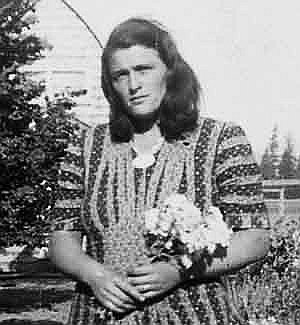
Martina Gangle Curl was an American artist and activist. Her murals, prints, and social activism highlighted labor rights in the United States.
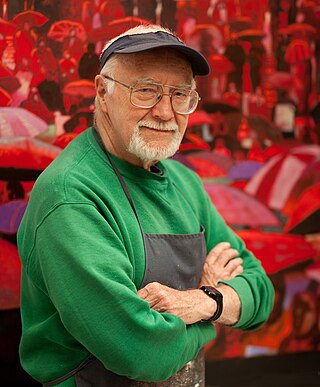
George Johanson was a painter, printmaker, and ceramic tile artist. Johanson studied at the Museum Art School in Portland, Oregon, with further study in New York as well as London. He taught at the Museum Art School for 25 years until his retirement from teaching in 1980.
Dan Earl May, also known as D. E. May, was an American artist. Known in Northwest art circles for his drawings and constructions using found materials that "suggests they are documents or tools left over from the [building] and planning of something larger" whose "purpose is now lost and can only be imagined." His work is in the collections of numerous art museums, primarily in the Northwest.






















